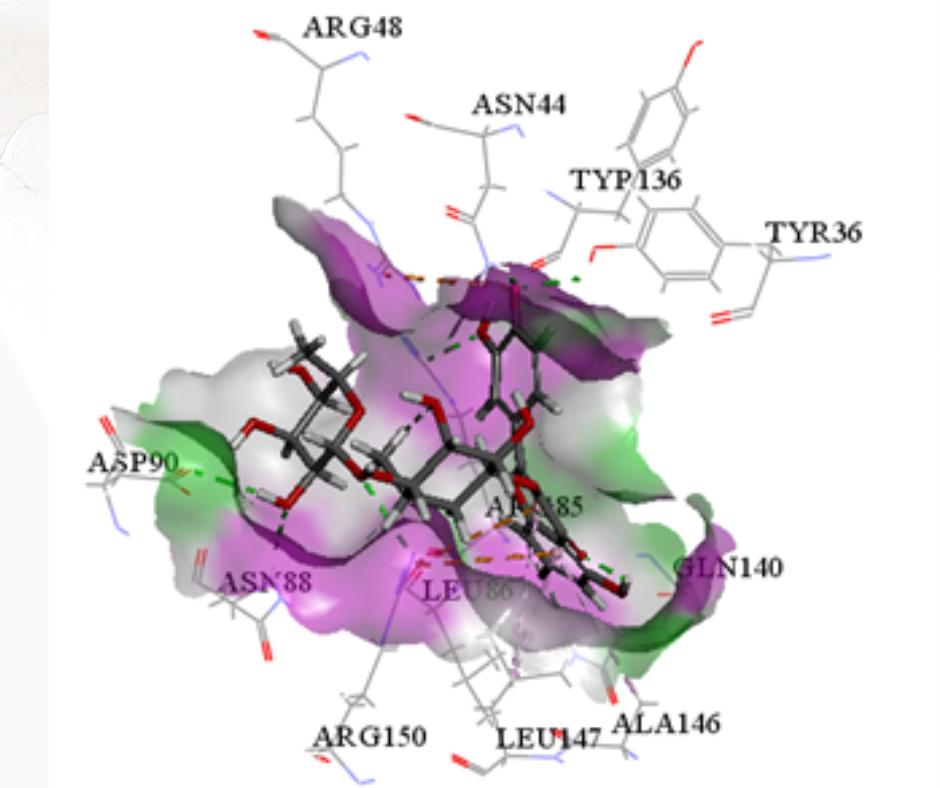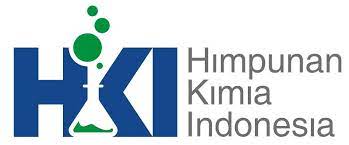
In Vitro and Silico Antibacterial Activity Evaluation Jackfruit Parasite Plant Macrosolencochinchinensis (Lour.) van Tiegh
DOI:
10.29303/aca.v5i2.141Published:
2022-12-31Issue:
Vol. 5 No. 2 (2022)Keywords:
Antibacterial, Diffusion, jackfruit parasite, molecular dockingArticles
Downloads
How to Cite
Hilma, R., Harahap, S. R. ., & Syahri, J. . (2022). In Vitro and Silico Antibacterial Activity Evaluation Jackfruit Parasite Plant Macrosolencochinchinensis (Lour.) van Tiegh. Acta Chimica Asiana, 5(2), 229–236. https://doi.org/10.29303/aca.v5i2.141
Downloads
Download data is not yet available.
Metrics
Metrics Loading ...






 Indonesian Chemical Society, Chapter Nusa Tenggara. Jalan Majapahit 62 Mataram, University of Mataram, 83125, Indonesia
Indonesian Chemical Society, Chapter Nusa Tenggara. Jalan Majapahit 62 Mataram, University of Mataram, 83125, Indonesia





